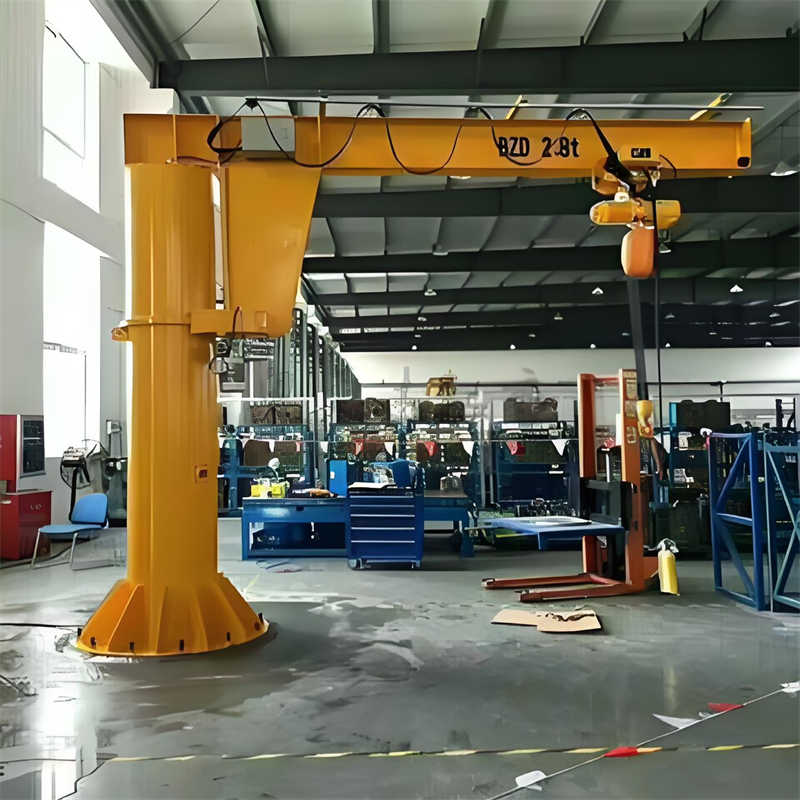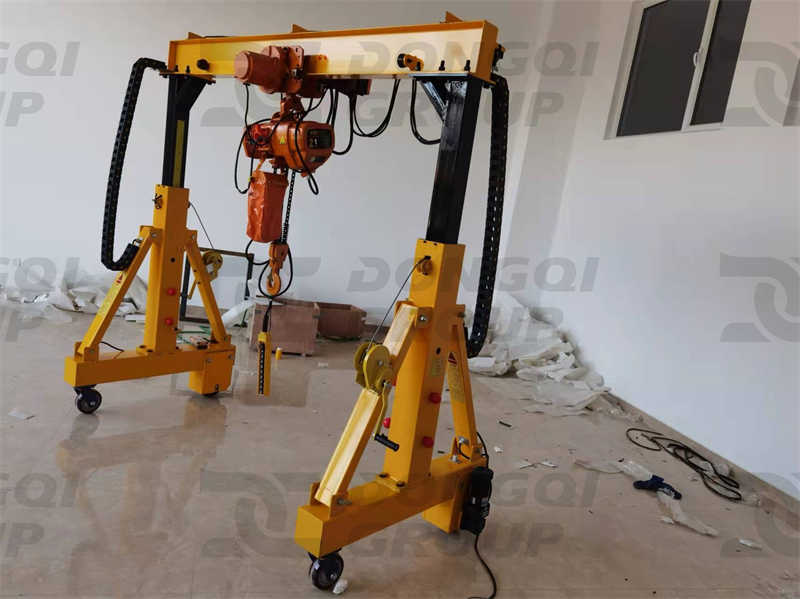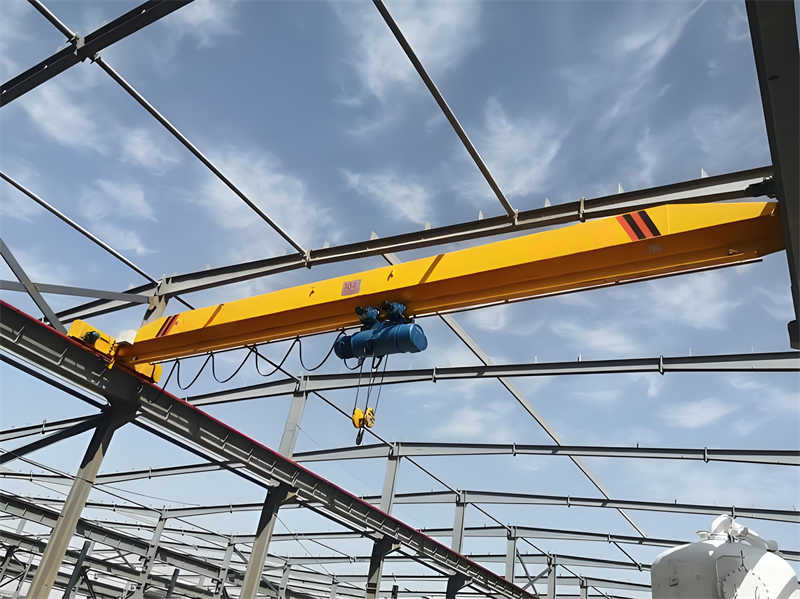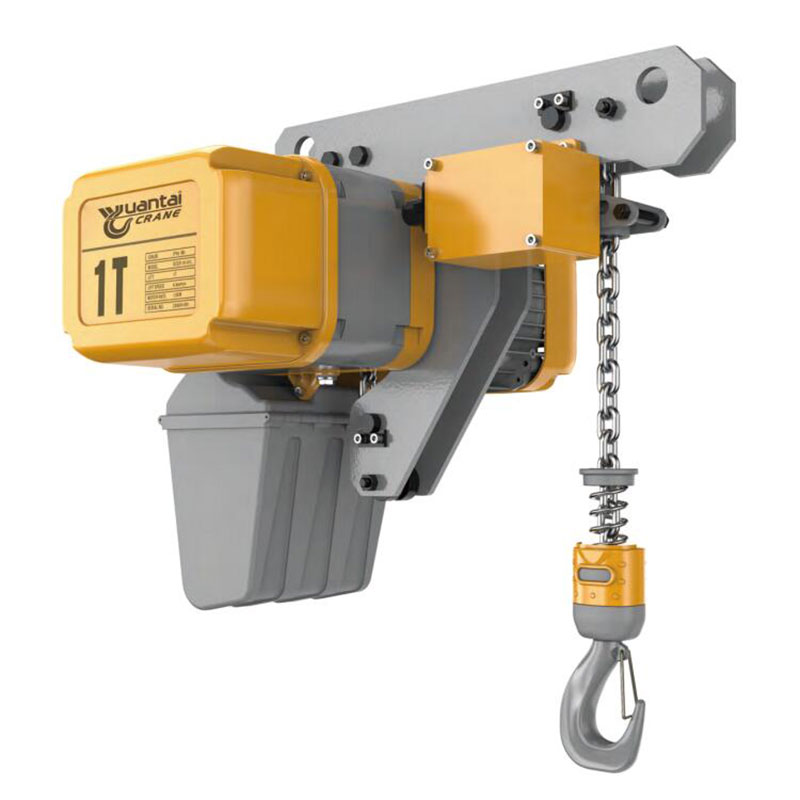Workshop Cranes for SMEs: Affordable & Efficient Lifting Solutions
Introduction
For small and medium-sized enterprises (SMEs) and general workshops, efficiency, safety, and cost-effectiveness are top priorities. Whether you’re handling machinery parts, raw materials, or finished products, a workshop crane can boost productivity while reducing manual labor risks.
This guide explores:
✔ Types of workshop cranes for SMEs
✔ Key benefits of using cranes in small workshops
✔ How to choose the right crane for your needs
✔ Budget-friendly options & smart investments
Why Do SMEs Need Workshop Cranes?
Manual lifting is time-consuming, hazardous, and limits workflow efficiency. A workshop crane helps:
✅ Increase productivity – Move heavy loads faster with minimal effort.
✅ Enhance safety – Reduce workplace injuries from improper lifting.
✅ Save space – Compact designs (e.g., jib cranes) fit tight workshop layouts.
✅ Lower labor costs – One operator can handle tasks that previously required multiple workers.
Types of Workshop Cranes for SMEs
1. Jib Cranes (Wall-Mounted or Freestanding)
- Best for: Small workshops with limited space.
- Capacity: 0.5–10 tons.
- Key Features:
- 180°–360° rotation for flexible movement.
- Electric or manual hoist options.
- Easy installation (no need for runway beams).
Ideal Use: Loading/unloading machines, assembly stations, repair bays.

2. Gantry Cranes (Adjustable & Portable)
- Best for: Workshops needing mobility.
- Capacity: 1–20 tons.
- Key Features:
- No fixed installation (wheel-mounted for repositioning).
- Foldable designs for storage.
- Suitable for outdoor/indoor use.
Ideal Use: Moving heavy stock, construction material handling, temporary lifting.

3. Bridge Cranes (Overhead & Modular)
- Best for: Medium-sized workshops with high lifting frequency.
- Capacity: 5–50 tons.
- Key Features:
- Runs on elevated rails (maximizes floor space).
- Can cover large work areas.
- Electric chain hoists for smooth operation.
Ideal Use: Manufacturing, metalworking, automotive repair.

4. Electric Chain Hoists (Standalone or Crane-Mounted)
- Best for: Light-duty lifting (replacing manual chain blocks).
- Capacity: 0.25–5 tons.
- Key Features:
- Plug-and-play setup.
- Remote control operation.
- Low maintenance.
Ideal Use: Small part assembly, maintenance tasks, warehouse loading.

How to Choose the Right Workshop Crane
1. Assess Your Lifting Needs
- Weight & Size: What’s the max load you handle?
- Frequency: Daily heavy lifting vs. occasional use?
- Workspace: Ceiling height, floor space, obstacles?
2. Consider Budget & ROI
- Manual vs. Electric: Manual cranes are cheaper, but electric improves efficiency.
- New vs. Used: Refurbished cranes can save costs for startups.
- Leasing Option: Avoid large upfront investments.
3. Prioritize Safety & Compliance
- Overload Protection: Prevents crane failure.
- Emergency Stop: Essential for accident prevention.
- Certifications: CE, OSHA, or ISO-compliant models.
4. Future-Proofing
- Expandability: Can the crane handle future capacity increases?
- Automation Compatibility: Can it integrate with smart workshop systems?
Affordable Workshop Crane Solutions for SMEs
Not all SMEs need heavy-duty industrial cranes. Here are cost-effective options:
✔ Manual Jib Cranes – Low-cost, minimal maintenance.
✔ Portable Gantry Cranes – No installation costs, movable as needed.
✔ Second-Hand Cranes – Reliable used cranes with warranties.
✔ Modular Systems – Start small, expand later.
Conclusion: Smart Investment for SMEs
A workshop crane is not just for large factories—SMEs can enhance productivity, improve safety, and reduce costs with the right lifting solution.
Next Steps:
🔹 Calculate your lifting requirements (weight, reach, frequency).
🔹 Compare crane types (jib, gantry, overhead).
🔹 Consult a supplier for customized solutions.
By investing in the right crane, your workshop can operate faster, safer, and more profitably—without breaking the bank.
Need help choosing? Contact our experts for a free consultation!
